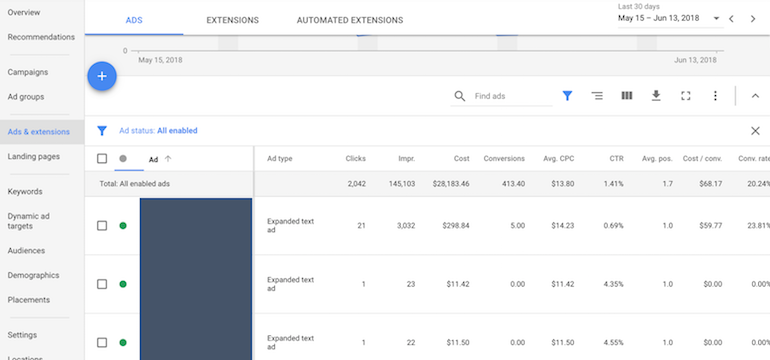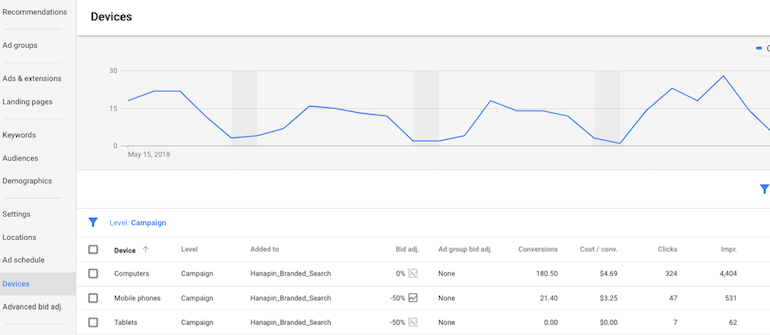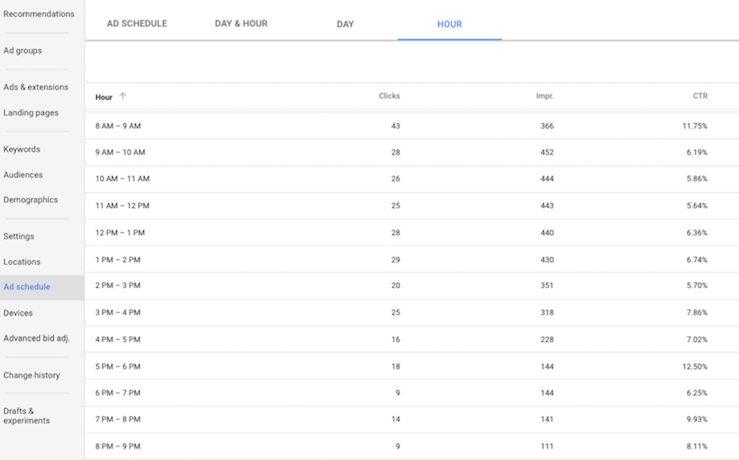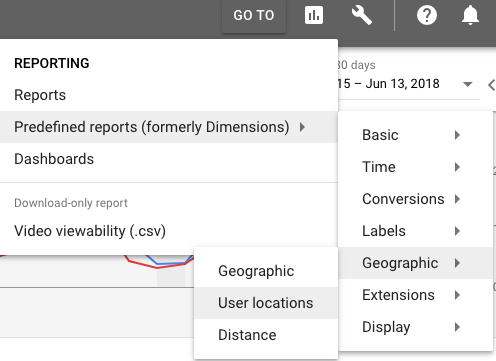9 Tips To Reduce Cost-Per-Lead

Here at Hanapin, all of my clients are focused on lead-gen, so you can probably guess that cost-per-lead (CPL) is a primary metric I focus on and goal-set for, if not the KPI for the account. If you also manage accounts that rely on generating quality leads for a low CPL, this post is especially for you! I’d like to offer some quick tips for reducing CPL, as well as offer some more mid and longer-term strategies you can employ when a high CPL is becoming a problem.
1. Conduct an ad review
Sometimes it’s best to go back to best practices in account management to reduce your CPL. Run an ad performance report and analyze each ad text and landing page performance. If I find that a landing page isn’t performing well, but maybe the ad message has a high click-through rate, I’ll match up that ad text with a better performing landing page to generate more conversions for a lower CPL. Also, remember to make sure that your keywords are in your ad text and on your landing page – improving ad relevance will help boost your Quality Score which will likely reduce your cost-per-click in the future.

2. Test Automated Bidding
If you have a specific CPL goal, this could be the golden opportunity to test automated bidding with Targeted CPA. This bidding strategy will adjust bids in real time to help the campaign obtain conversions while maintaining the CPA goal you have set. This bid strategy should be a test and can be done in experiments with you splitting the traffic between your current campaign and 50% of the traffic to the Target CPA experiment campaign.
3. Do a historical review
Find out where your “problem” CPL campaigns are, then drill down to the high CPL ad groups, then to the keywords – maybe there are keywords that used to convert for low CPLs that don’t now. There are a number of reasons for this – maybe competition has increased, maybe you’ve made changes to that campaign that have caused your Quality Score to drop so you’re having to pay more for your bid(s), maybe you’ve been testing out different landing pages and some aren’t generating as many conversions, and the list goes on.
Something I like to do is run a Search Query Report and look for terms that have converted for CPL at or below my goal and add them into the account if they’re not already there to help bring down CPL. I’d also recommend using this historical data to pause keywords and ad groups that have spent without converting for a longer period of time or elements that have converted, but maybe at CPLs well above your goal.
4. Check performance by network
Try segmenting your campaigns by network and check each campaign’s performance. If Search Partners hasn’t been performing well for a campaign, opt out of it!

5. Check performance by device
If you’re restricted for one reason or another in utilizing mobile landing pages in your account and therefore have your campaigns opted into all devices, segment your campaigns by device and evaluate performance for each. I recently had this situation arise in an account, and breaking out separate mobile campaigns (and pausing them until I receive mobile landing pages) has made a huge difference for this account. When I broke out the campaigns by device, I saw that in most cases, mobile was eating up money without generating conversions, or generating them for CPLs way above my goal.

6. Try a Remarketing campaign
Review the Ultimate Guide to Google Ads Remarketing and see how these different strategies could help your PPC goals. If you’ve got the budget to advertise on the Display Network, or maybe you already are but haven’t tried Remarketing, I couldn’t recommend it more. I currently have a Remarketing campaign that is the fourth-highest converting campaign this month with the lowest CPL of any active campaign in the account – currently sitting more than $10.00 below CPL goal.
7. Add negatives
If you haven’t run a SQR in awhile, this is one of the first things you should do. Adding in negative keywords will help increase qualified traffic and cut out unqualified traffic. I also recommend conducting a negative keyword audit at least once a year – review the negatives you’ve included to be sure you aren’t restricting potentially qualified traffic. This is especially important if you’re inheriting an account from someone else or if there are multiple people working on your account. Check out Emma’s article for Negative Keywords: How to Use Them and Why They’re Important.
8. Look into day parting
Run a report to see account performance by hour of day and day of week – there might be times of the day where you can lower bids for certain campaigns, or pause some account elements altogether that may have historically spent without converting or historically converted with very high CPLs.

9. Analyze Geographic performance
Run a report from the Predefined Reports tab and analyze campaign performance according to the geographic area. This is especially valuable if you have your campaigns split out according to geo-targeting. You might find areas you can exclude that have historically spent without converting or have been converting at a CPL too high above your goal.

I hope you’ve found some gems in this list that you maybe hadn’t thought of or tried yet!
———-
Post originally published in October 2011 and updated by Diane Chelius.



